You really do want to learn how to debone turkey so you can have a moist bird that everyone will love and is very easy to carve.
This is part of our series on Six Methods of Cooking a Perfect Turkey.
How to Debone Turkey
In 2017, a friend called me and said that a friend gave her a 25-pound turkey, but she had a 40 pound and wanted to know if I wanted to 25-pound turkey. I was surprised, I didn’t even know the turkeys got that big. I told her I would be happy to have her extra turkey. But, then when I brought it into the kitchen, I realized it would not fit in my Nesco Roaster, so I had to do some creative thinking. I had recently watched Chef John of Food Wishes debone stuff and roll up a whole turkey. If I deboned this turkey, it would fit nicely into the Nesco. I deboned it, then I put a dry brine, rolled it up, injected it, and roasted it. You know what? It was great!
The thing is, once you debone a turkey, you don’t want it with bones again. It’s so easy to carve and it turns out perfectly moist. As you know, the thickest part of the turkey is the thigh and leg area. By the time those parts have finished cooking, the breast is often dried out. If you wondered why gravy is served with turkey, that’s why. Roasting a turkey in a Nesco oven definitely prevents that from happening, but, not everyone has one of those ovens. But, anyone, given the opportunity and a little patience, can debone a turkey.
What Do I Need to Debone Turkey?
You only need a few things, a good, sharp boning knife, a scraping knife, and scissors. A pair of pliers also come in handy to take care of the ligaments in the turkey leg. Those are the same ligaments in the human leg that stretch the muscles allowing us to walk upright.
Nature has done a wonderful thing and made it easy for us to debone. For example, the wing bone is just like the bone coming from your shoulder. Pull it back and you will hear a sound and be able to see the knob at the end of the bone. The thigh and leg bones have a thin piece of white tissue exactly where you need to cut to separate the two pieces. You will need scissors to cut the breast bone from the backbone.
A lot of turkey producers put a plastic piece into the cavity to hold the legs together. It’s called a hock and it’s easy to remove. Just pull the cavity apart with your hand, snip the hock on both sides and it will come out easily. There is no reason to fight with it. The video included with this recipe is a shortened version, but if you want the long version with a fuller explanation, a half-hour video, you can watch that here as well.
Don’t stress yourself out when you are doing this. Relax and take your time. Make sure your knives are sharp and you have good lighting. You can do this!
It’s Deboned – Now What?
You have some choices to make now. I prefer using a Nesco roaster because the turkey stays nice and moist but still gets crisp skin. It cooks faster than a conventional oven and it leaves room in my oven for other dishes. You could also use a Granite Ware covered roaster as I do with chicken, or you could use a conventional roasting pan with a rack.
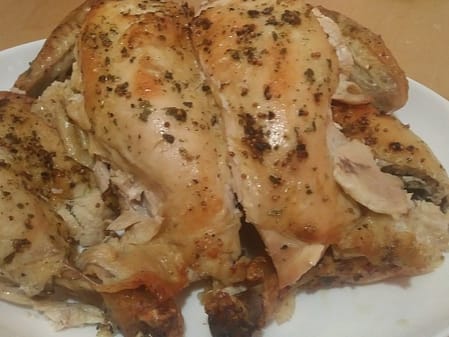
Equipment
If you purchase any of the products through these affiliate links, I get a few pennies that help keep The Good Plate open. I use these products myself and want you to be able to easily find them.
Ingredients
- 13 pound Turkey
~~ — Dry Brine — ~~
- 3 tablespoon Salt, kosher or sea salt preferred
- 1 teaspoon Herbs de Provence
~~ — Injection — ~~
- 1 ounce White wine
- 2 tablespoon unsalted butter, melted
- ½ cup Turkey broth
~~ — Glaze — ~~
- 2 tablespoon *Olive oil
- 1 teaspoon Herbs de Provence
- 2 teaspoon *Poultry Seasoning
Instructions
- 13 pound TurkeyRemove the wings and set them aside for another use.
- Pull back the skin on the breast and start taking the breast meat away from the bone. Remove the breast bone completely.
- Cut off the pope's nose and any other excess skin.
- Make a cut between the thigh and leg where the little white line is. Snap the thigh bone from the cavity and start cutting away at that.
- To debone the leg, make a vertical slit in the leg and peel the meat away from the bone. When you get to the ligments, either use a pair of pliers to pull them out, or grip them with a papertowel and pull very hard.
- Once the bones have been removed from the leg, remove the backbone. Cut the side pieces out and carefully remove the meat from the back then lift it out.
- Get some butcher''s twine and cut off a large piece to secure the turkey meat.
- Roll the meat into a nice piece and wrap the twine around it nicely. You will have about 4 pounds of meat and 9 pounds of bone. You can make stock out of the bones.
For the Brine
- 3 tablespoon Salt, 1 teaspoon Herbs de ProvenceMix the salt and herbs de provence together. Rub the meat with the brine thoroughly, put it in a container and refrigerate it over night.
Make the Injection
- 1 ounce White wine, 2 tablespoon unsalted butter, 1/2 cup Turkey brothCombine the ingredients for the injection. Wipe any excess brine off the turkey. Use a syringe to inject the liquid into the turkey. Inject it all over. Let the turkey sit in the injection liquid and marinate while you preheat the oven to 350.
Roast the Deboned Turkey
- 2 tablespoon Olive oil, 1 teaspoon Herbs de Provence, 2 teaspoon Poultry SeasoningMix the ingredients for the glaze together. Remove the inner part of the Nesco while preheating the main unit. Put some parchment paper on the rack of the Nesco electric roaster. Put the deboned turkey on the parchment paper and put the rack in the inner part. Use a pastry brush or clean paint brush to brush the glaze on.
- Roast for one hour or until an instant-read thermometer inserted in the thickest part reads 160. Remove the rack from the roaster and let the turkey rest for 20 minutes before removing the twine and carving.
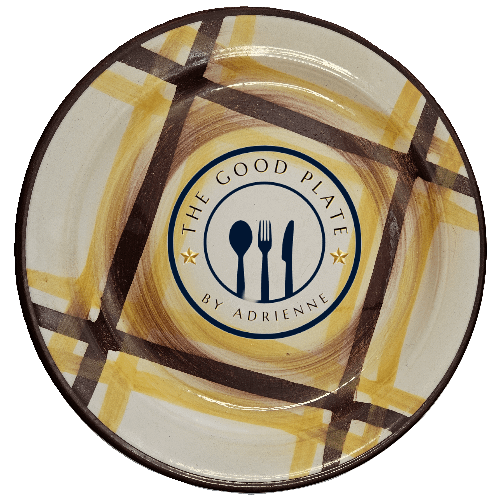
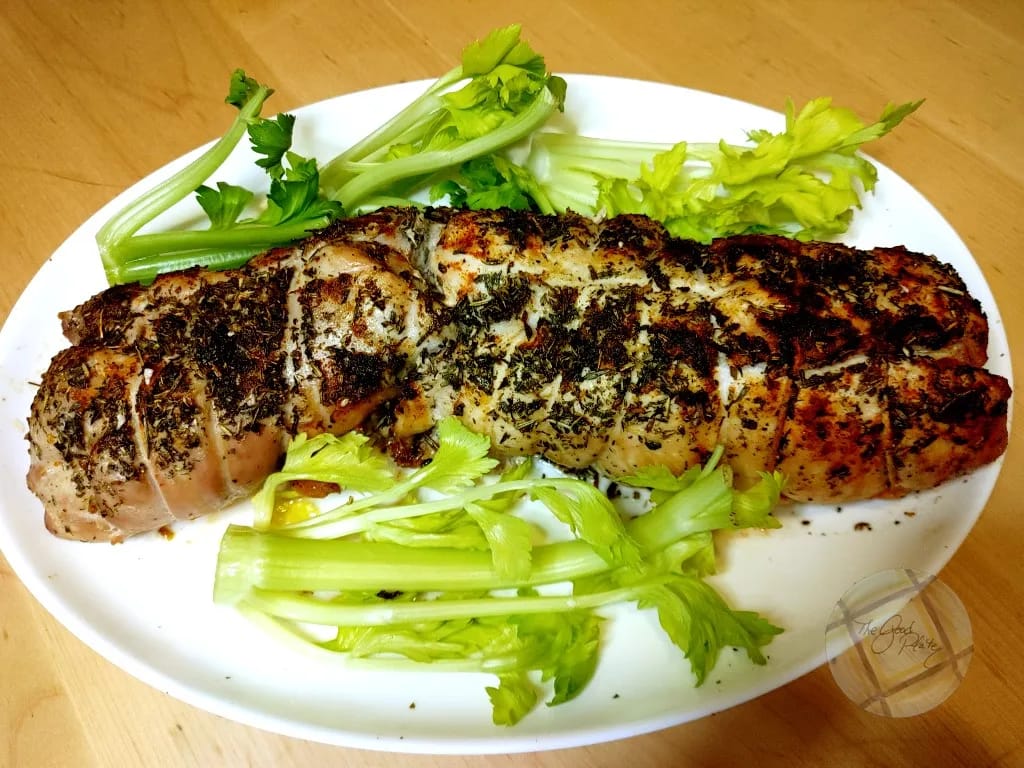
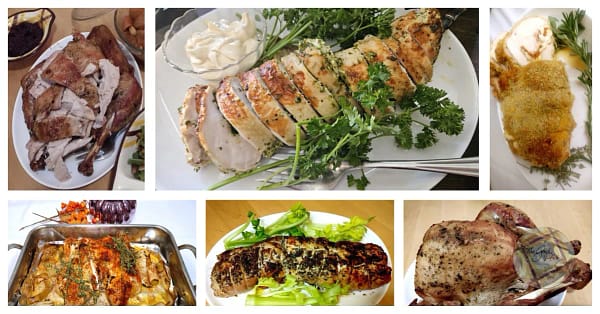
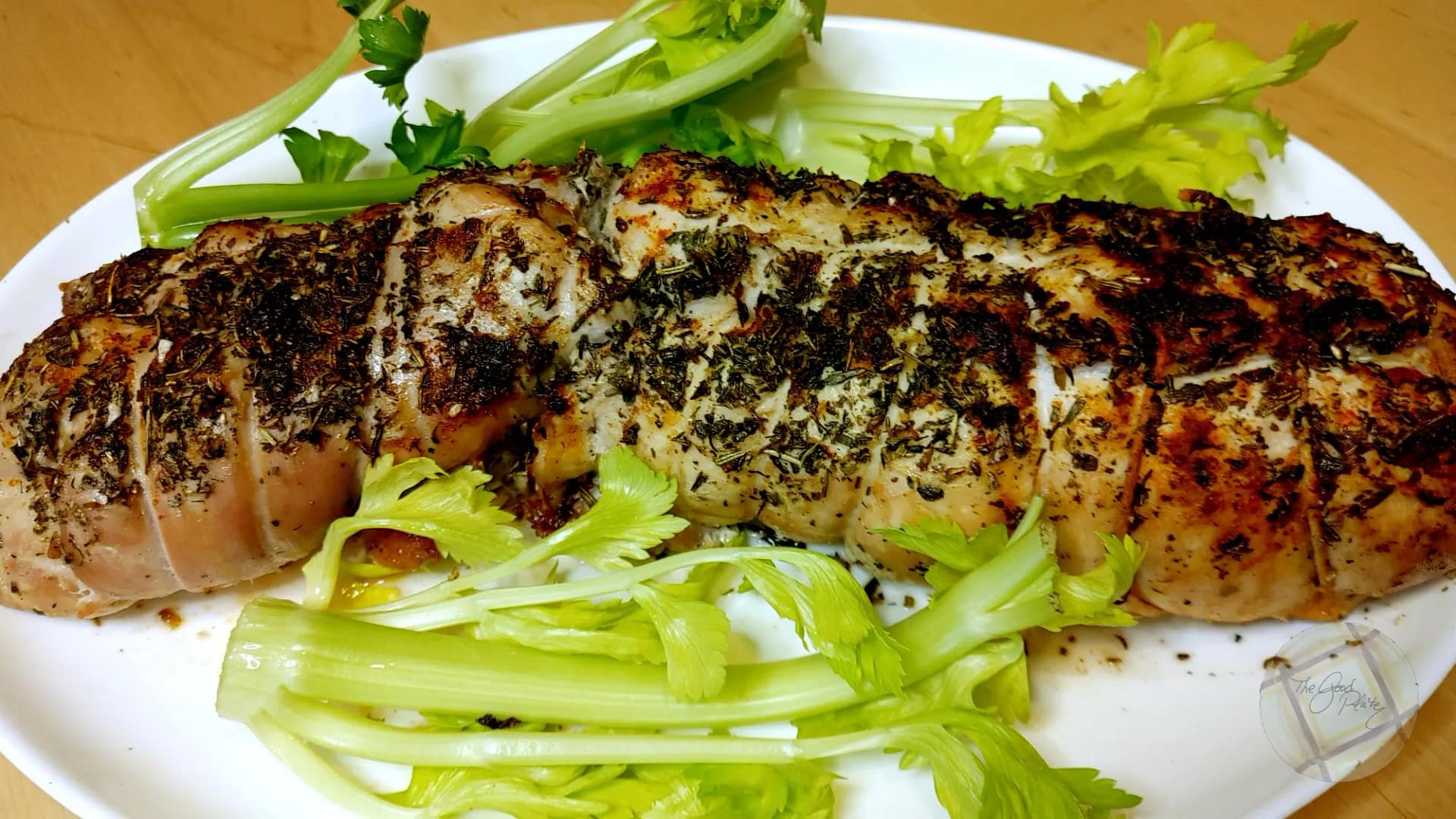


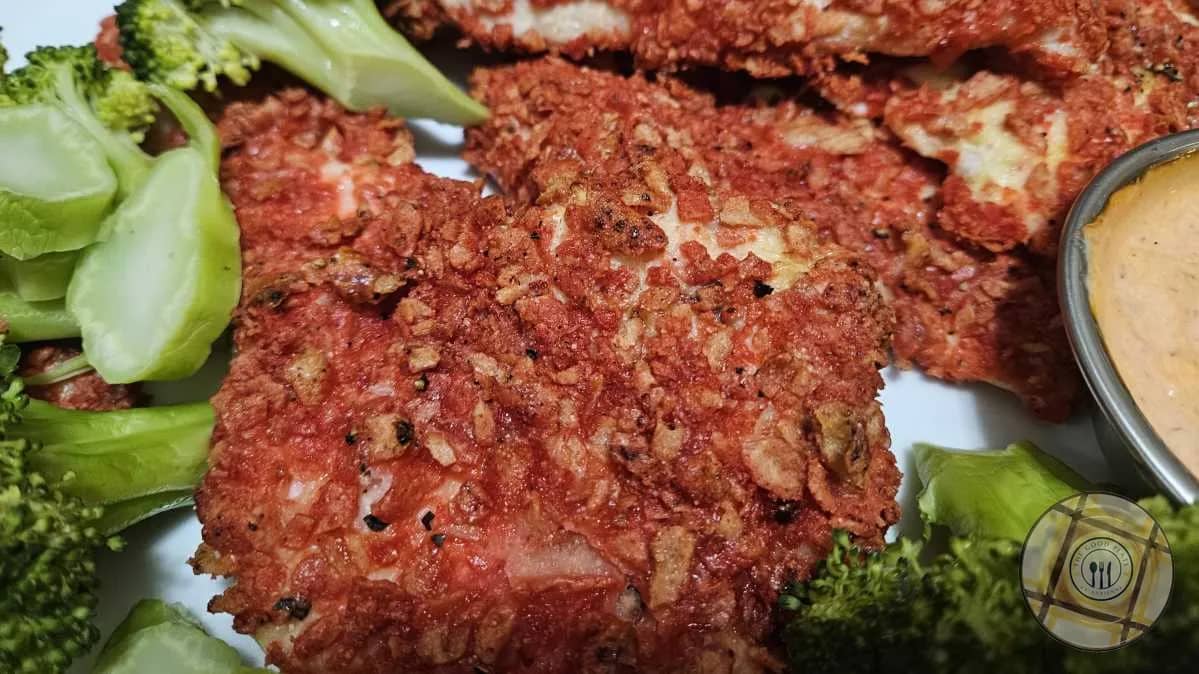
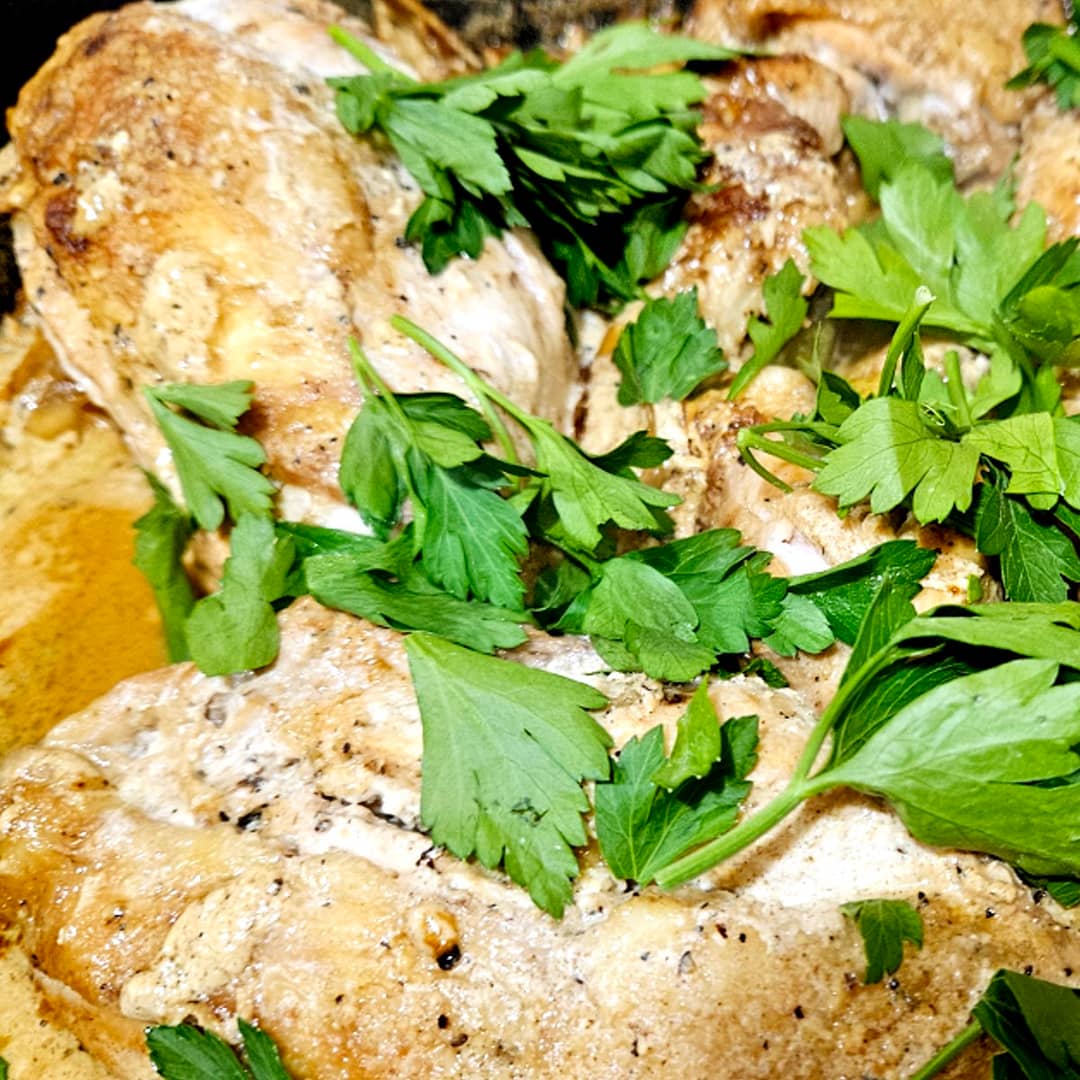
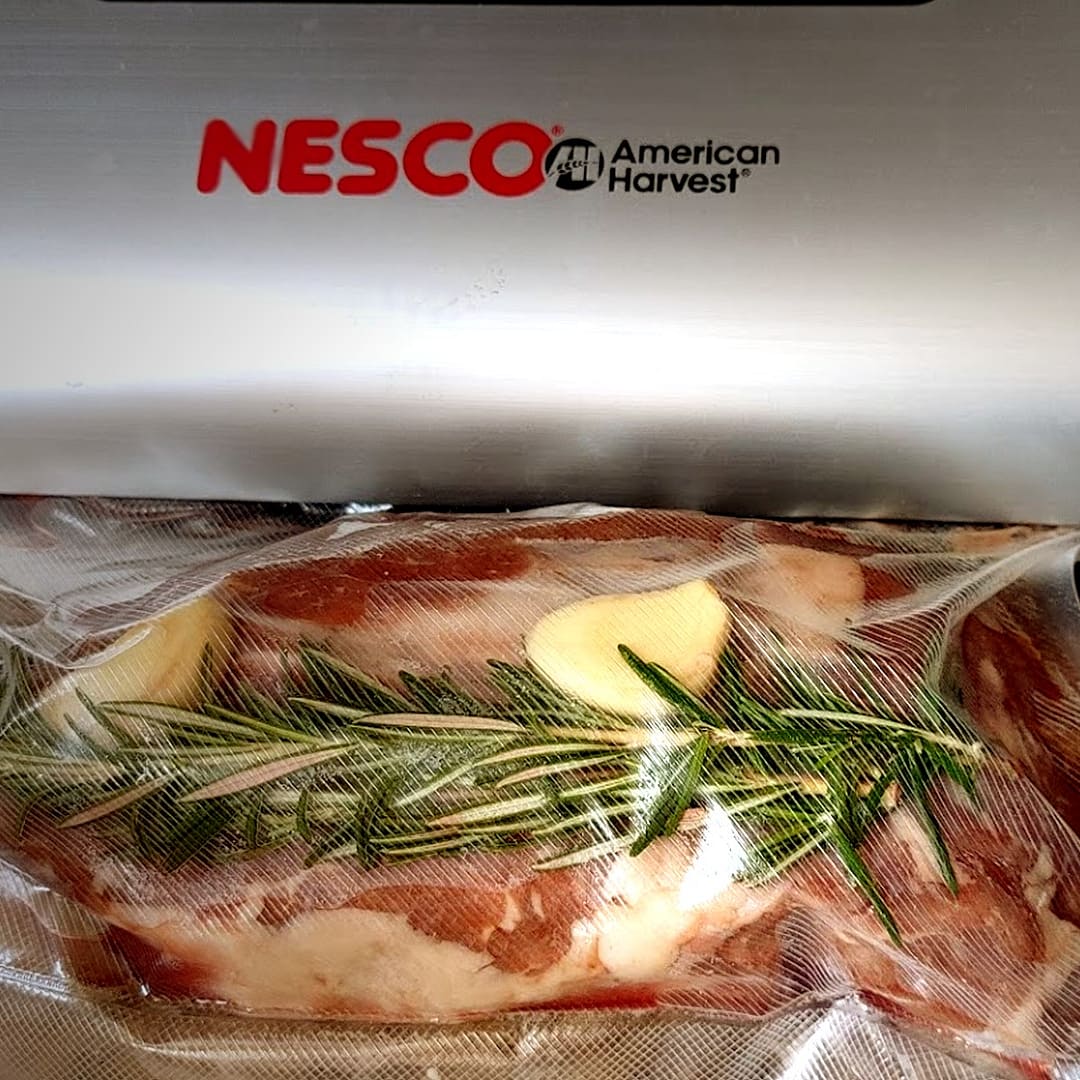
I watched the video and it just seemed too difficult for me to do. I have arthritis in my hands so it would be painful, but I have a good butcher. When I asked her if she would debone a turkey for me, she said she would be happy to. I made it just as you described then served it at a luncheon. Everyone loved it because it wasn’t dry and it was super easy to carve, even with my arthritic hands.